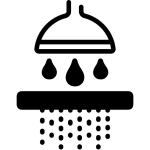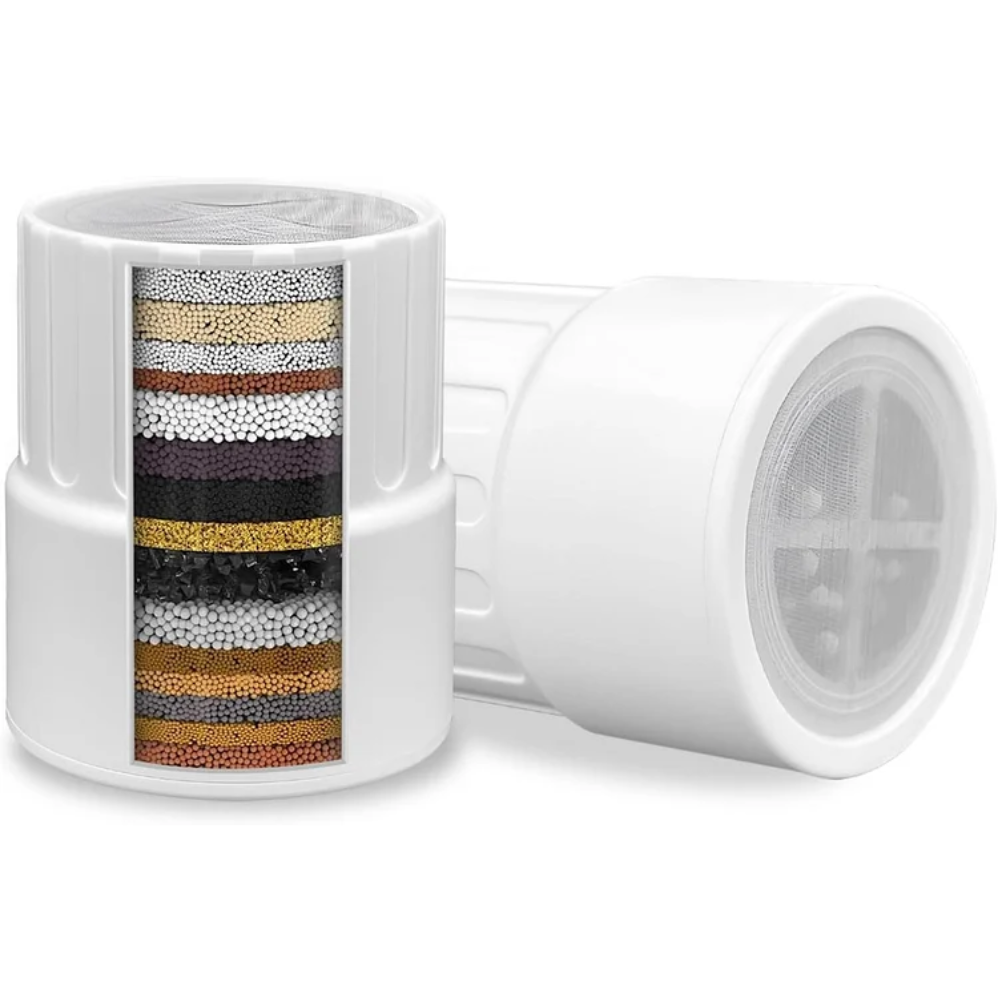Clean water is essential for every household. Whether you’re using it for drinking, cooking, or bathing, water quality directly impacts your health and well-being. One common issue faced by many homeowners is manganese contamination in water. If you’re experiencing black staining on your fixtures or unpleasant tastes in your water, manganese could be the culprit. In this guide, we’ll show you how to filter manganese from water, what causes it, the health risks, and the best solutions available today.
What Is Manganese and Why Is It in Your Water?
Manganese is a naturally occurring mineral found in rocks, soil, and groundwater. While it’s an essential nutrient in small doses, high levels of manganese in water can be harmful to both health and household appliances.
Manganese typically enters your water supply through:
- Erosion of natural deposits
- Industrial discharge
- Runoff from mining operations
- Old plumbing or pipes
In groundwater sources like wells, manganese is often found along with iron and other minerals, making it necessary to test and treat water before use.
Why You Should Remove Manganese from Your Water
1. Health Risks
The EPA recommends a secondary maximum contaminant level (SMCL) of 0.05 mg/L for manganese in drinking water. Although not a primary health regulation, higher levels have been associated with:
- Neurological effects, particularly in children
- Learning and behavior issues
- Long-term exposure risks for adults
2. Staining and Damage
Even if health isn’t your main concern, manganese in water can:
- Leave black or dark brown stains on sinks, bathtubs, and laundry
- Clog pipes and appliances over time
- Cause your water to smell or taste metallic
Removing manganese is not just about clean drinking water—it’s also about protecting your home and plumbing system.
How to Test for Manganese in Water
Before you can filter manganese from water, you need to know how much you’re dealing with.
Two effective methods:
- Laboratory Water Testing Kits – Offers the most accurate results.
- At-home Water Test Strips – Less expensive, gives a general idea of manganese and iron levels.
You’ll also want to test for:
- Iron levels
- pH level
- Water hardness
- Dissolved oxygen
The type of manganese (soluble or insoluble) will determine the filtration system you’ll need.
Best Methods to Filter Manganese from Water
There’s no one-size-fits-all solution to manganese removal. Here are the most effective techniques used in households and commercial systems.
1. Oxidation and Filtration (The Most Common Method)
This process converts dissolved manganese into solid particles that can be filtered out.
Steps:
- Add an oxidizing agent (like chlorine, potassium permanganate, or hydrogen peroxide)
- Use a media filter like Greensand or Birm to trap the manganese particles
Pros:
- Highly effective
- Works for both iron and manganese
- Long-lasting filtration media
Cons:
- Requires regular backwashing
- May need pre-treatment depending on pH levels
Products to consider from Cuoll:
- [Greensand Iron & Manganese Filter System]
- [Whole House Manganese Oxidation Filter]
2. Reverse Osmosis (RO) System
Reverse Osmosis is a high-efficiency filtration method that can remove up to 99% of dissolved contaminants including manganese.
Best for:
- Drinking and cooking water
- Under-sink installation
Pros:
- Removes a wide range of contaminants
- Improves taste and odor
Cons:
- Not ideal for whole-house use unless scaled
- Can waste water during the process
Cuoll Product Suggestion:
- [Compact Reverse Osmosis Filter System for Kitchens]
3. Water Softeners (Limited Effectiveness)
Water softeners can remove low levels of manganese if it’s in ionized form and if your water is not heavily contaminated.
Note: Not a standalone solution for high manganese levels.
Recommended Use:
- Pairing with oxidation/filtration systems
Cuoll Product:
- [Premium Water Softener with Iron & Manganese Pre-Filter]
4. Aeration
Aeration exposes water to oxygen, helping oxidize manganese so it can be filtered.
Often used with:
- Sediment filters
- Greensand filters
Pros:
- Eco-friendly (no chemicals)
- Great for well water systems
Cons:
- Requires space
- May need booster pumps
Look into:
- [Aeration Tanks + Media Filters at Cuoll]
How to Choose the Right Manganese Filter for Your Home
When shopping for a manganese water filter, consider the following factors:
| Factor | Consideration |
|---|---|
| Manganese Level | Use test results to choose filtration strength |
| Water Flow Rate | Choose a system that meets your household demand |
| pH of Water | Some media (like Birm) need a pH > 6.8 |
| Iron Content | Iron and manganese often need combined solutions |
| Maintenance Needs | How often does the system need servicing? |
| Budget | Initial cost vs. long-term benefits |
Installing a Manganese Water Filter: DIY or Professional?
Many whole-house filter systems require plumbing knowledge and electrical setup for control valves. If you’re not confident with DIY installations, it’s best to consult a plumber or water treatment specialist.
However, under-sink RO systems or countertop filters are much easier to install yourself and come with detailed manuals.
Maintaining Your Manganese Water Filter System
To ensure optimal performance:
- Backwash your filter media regularly to prevent clogging
- Replace cartridges and membranes as per the manufacturer’s instructions
- Test water every 6–12 months to ensure the system is still effective
Maintenance is key to getting long-term value from your filter.
Manganese in Water vs. Iron: What’s the Difference?
While manganese and iron often show up together in well water, they’re not the same and require slightly different treatment approaches.
| Feature | Manganese | Iron |
|---|---|---|
| Color Stain | Black or brown | Reddish-brown |
| Taste | Bitter, metallic | Metallic |
| Health Impact | Neurological concerns | Iron overload risk |
Using a dual media filter that handles both is often the best strategy.
Frequently Asked Questions
Can boiling remove manganese from water?
No. Boiling water does not remove manganese. In fact, it may increase concentration if water evaporates.
Is it safe to bathe in water with manganese?
Generally, yes. However, prolonged exposure can stain skin, hair, and tub surfaces. Using a whole-house manganese filter can prevent this.
How much does a manganese filter cost?
Costs vary depending on the system:
- Under-sink RO filters: $150 – $500
- Whole-house filters: $500 – $3000+
- Maintenance (annual): $50 – $200
How long does a manganese filter last?
With proper maintenance, filtration systems can last:
- Media filters: 5–10 years
- RO membranes: 2–3 years
- Pre-filters: Replace every 6–12 months
Final Thoughts: Keep Your Water Clean and Healthy
Manganese in your water is more than just a cosmetic problem—it can affect your health, your appliances, and your home. Investing in a high-quality filtration system is the smartest way to ensure your water is safe and clean.
At Cuoll, we offer a wide range of water filters, purifiers, and bath essentials designed to make your life healthier and more comfortable. Whether you’re dealing with manganese, iron, or general water hardness, our advanced products provide proven solutions you can trust.
Explore Our Top Picks to Filter Manganese from Water:
- [Greensand Whole House Filter]
- [Advanced Reverse Osmosis System]
- [Iron & Manganese Softening Combo]
- [Aeration System for Well Water]








